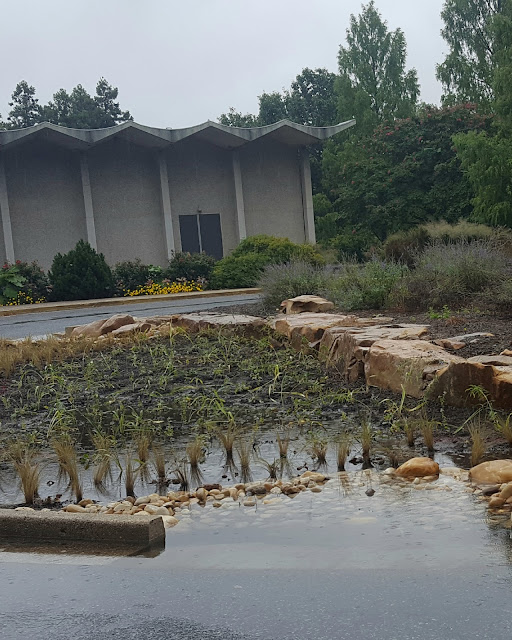I love this smallish orange ginger. We bought this plant last December at a flea market in Central Florida with those others in the top picture: the salvias, Camellia 'Professor Charles Sargent', the red buddleia, the burbidgea, and the shrimp plant for, as I remember, for just under 40$. It flowered for a month or two, went out of bloom, and has been flowering since mid-September. (the bottom picture) I've lusted after it since I saw it for sale in Logee's catalogue about a zillion years ago and didn't buy it.
Logee's is a wonderful institution; they've provided a wide selection of uncommon and wonderful tropical plants for my entire lifetime...and I'm not young! They regularly introduce or reintroduce rare and unusual tropicals that, until recently, you'd otherwise not have had access to. Of course nowadays you can track anything down online. That's such a sea change for those of us who, 20,30,40 years ago coveted plants without any hope of actually obtaining them. It's hard to explain how exciting it was to come upon one of those plants you'd lusted after for years. What a feeling! It is easy to track things down now, but Logee's is still a place where you can see an incredible selection of incredible plants in one place.






















